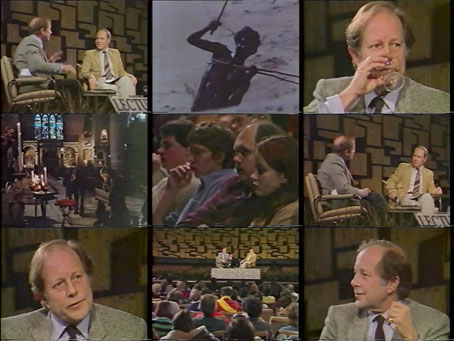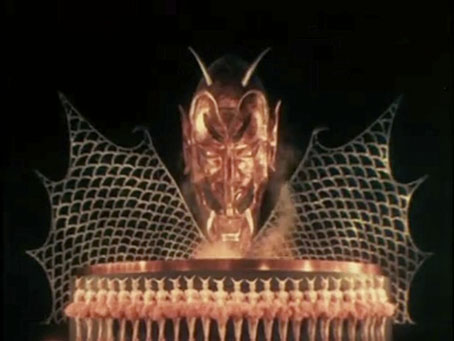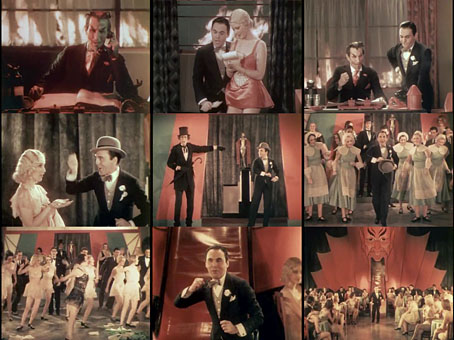More Roegery. The recent BBC documentary about Nicolas Roeg has yet to appear on YouTube but this Guardian Lecture appeared there a few days ago. Roeg was in the news in 1983 following the release of Eureka, a film with a solid reputation today but one which the distributors weren’t happy with at the time. There’s no mention of these problems in this 37-minute interview with the late Philip Strick which ranges throughout Roeg’s career, and even includes some mention of his ill-fated plan to direct Flash Gordon for Dino De Laurentiis. It’s too short, of course, as these things always are, and Roeg has always been a somewhat rambling interviewee, but for Roeg-philes it’s worth a watch. The documentary I’d really like to see again is Nothing As It Seems: The Films of Nicolas Roeg, made the year before by Paul Joyce, and featuring contributions from two key collaborators: Donald Cammell and Paul Mayersberg.
Previously on { feuilleton }
• Beyond the Fragile Geometry of Space
• Canal view



